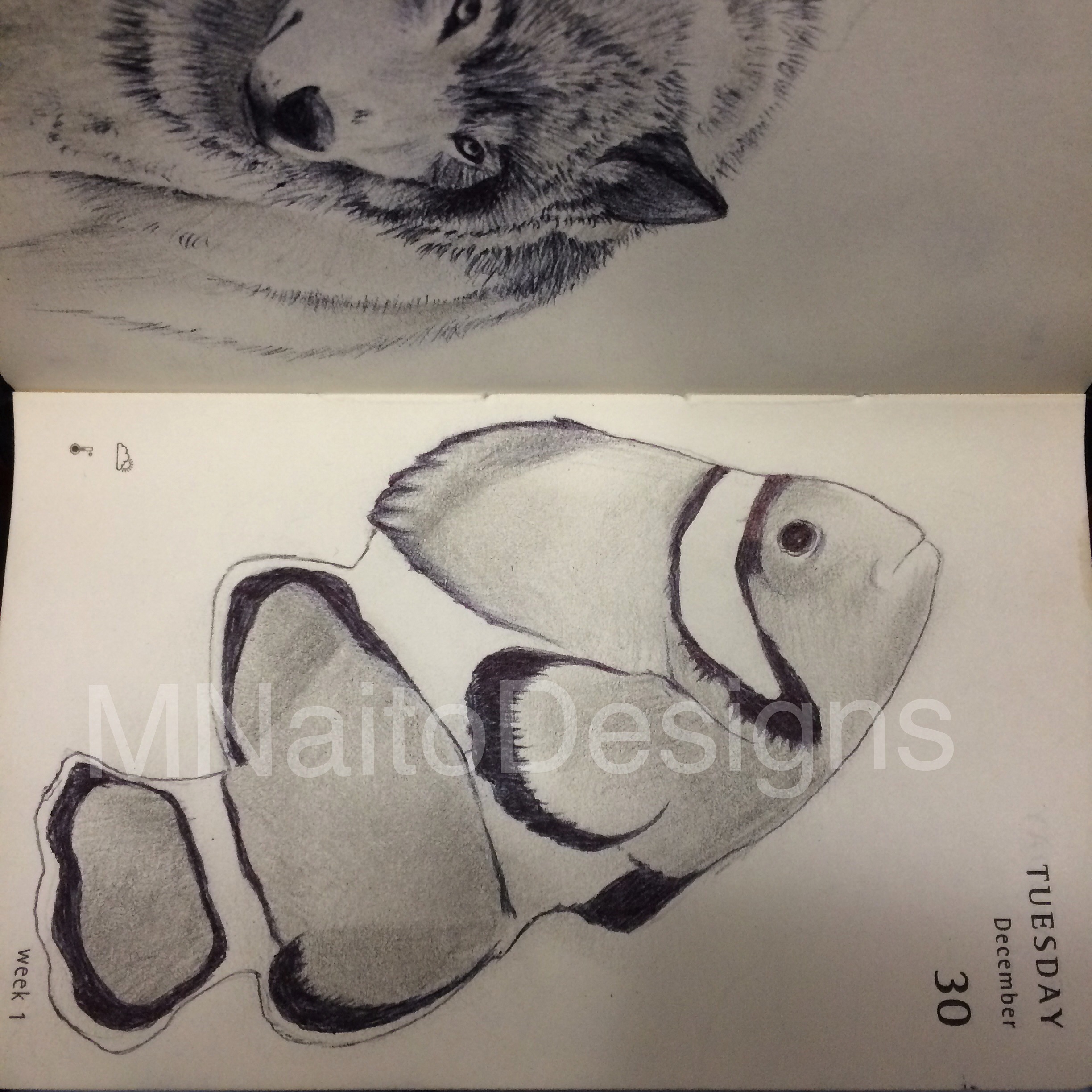The clownfish, or anemonefish, consists of a group of about 30 different species. Their colors range from yellow, orange, red, and blackish with bands of white. Depending on the species, they range in size from 3.9 inches to just over 7 inches. They are native to the warmer waters of the Indian and Pacific Oceans, the Great Barrier Reef, and the Red Sea. They live at the bottom of shallow reefs and lagoons. Clownfish are omnivorous and can feed on undigested food from their host anemones, small zooplankton from the water column, the occasional dead anemone tentacle, and algae. The clownfish and its host anemone have a symbiotic relationship. The anemone provides protection for the fish with its venomous tentacles and the fish keeps the anemone clean and free of decaying scraps of food and parasites. The anemone is also fertilized by the excrement of the clownfish. In addition, the activity of the fish provides water circulation, thus aerating the tentacles, which increases metabolism and growth. It is speculated that the bright colors of the fish attract other small fish towards the anemone providing it with a meal.
There are a couple of theories as to why the clownfish isn’t affected by the anemone’s venom. “1) The mucus coating of the fish may be based on sugars rather than proteins. This would mean that anemones fail to recognize the fish as a potential food source and do not fire their nematocysts, or sting organelles. 2) The coevolution of certain species of anemonefish with specific anemone host species and may have acquired an immunity to the nematocysts and toxins of their host anemone. Experimentation has shown that Amphiprion percula may develop resistance to the toxin from Heteractis magnifica, but it is not totally protected, since it was shown experimentally to die when its skin, devoid of mucus, was exposed to the nematocysts of its host.” – Wikipedia
This blog contains Amazon Affiliate links. As an Amazon Associate, I may earn from qualifying purchases.



Recent Comments